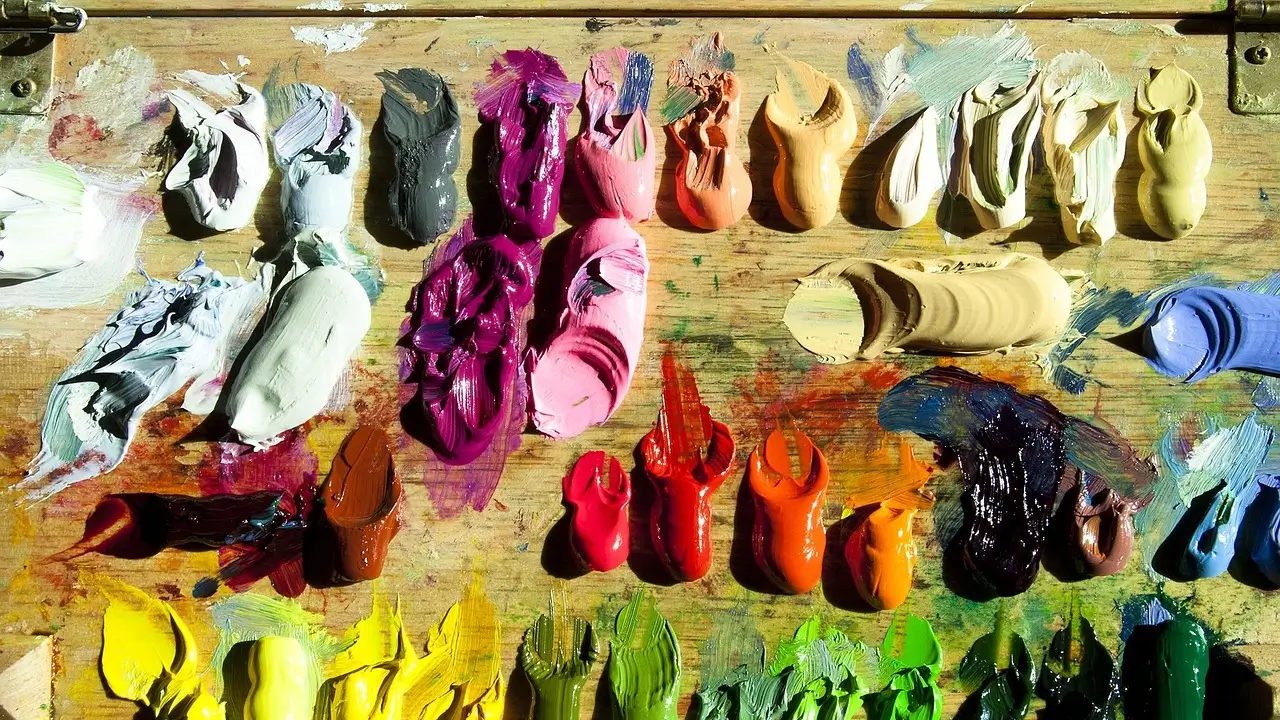Painting a car again is a painstaking process that takes time and accuracy. Knowing how long car paint takes to dry is one of the most important steps in this procedure. The type of paint used, the surrounding conditions, and the particular procedures used can all have a substantial impact on the drying time. This in-depth manual will examine the subtleties of automobile paint drying durations, presenting a thorough investigation of the variables that affect this procedure and insights into recommended procedures to guarantee the greatest outcomes.
Automotive Paint Types and Drying Times
Solvent-Based Paints
Traditional paints, often known as solvent-based paints, have long been employed in the automotive sector. These paints are renowned for their glossy sheen and longevity. For solvent-based paints, “tack-free” drying, or the first drying stage, usually takes one to eight hours to complete. On the other hand, a complete cure may require one to seven days. When the paint dries, which can be sped up by baking the painted surface in a controlled environment or using heat lamps, the solvent evaporates. It is significant to remember that the paint’s particular formulation and the thickness of the layers that are applied might affect how long the paint takes to dry.
Water-Based Paints
Because they are less harmful to the environment and emit less volatile organic compounds (VOCs), water-based paints are gaining popularity. These paints typically have a tack-free period of 30 minutes to 2 hours, which is faster than solvent-based paints. A complete cure may take one to three days. Similar to solvent-based paints, water-based paints also require the evaporation of water during the drying process, which can be accelerated with heat. However, to avoid problems like poor adhesion or blooming, it is imperative to maintain appropriate humidity levels.
Acrylic Enamel
Like solvent-based paints, acrylic enamel paints are renowned for their longevity and glossy appearance. They often cure completely in 24 to 48 hours, with a tack-free period of 1 to 2 hours. The drying time of acrylic enamel paints can be affected by the hardener that is frequently needed. When a hardener is added, the drying period can be greatly shortened, sometimes enabling a fully cured surface in just one day. However, the precise drying time can change based on the substance in question as well as the circumstances of the application.
Paints Made of Urethane
Paints made of urethane are highly valued for their exceptional resilience against chemicals and ultraviolet radiation. They usually take one to three hours to become tack-free, and three to seven days are needed for complete curing. A catalyst or hardener is frequently needed for urethane paints, which speeds up the drying process. Because these paints are durable and strong, they are frequently utilized for high-end vehicle coatings.
Numerous elements, such as the kind of paint used, the surroundings, and the application methods, can affect how long automobile paint takes to dry. however, A clear coat usually takes 1 to 2 days to fully dry, depending on the weather. A superior finish that is long-lasting and aesthetically pleasing can be achieved by being aware of these factors and following best practices. To get the best results, whether using urethane paints, solvent-based paints, water-based paints, or acrylic enamel, patience and attention to detail are essential. A long-lasting professional paint job can be accomplished by managing the surroundings and according to suggested practices.

